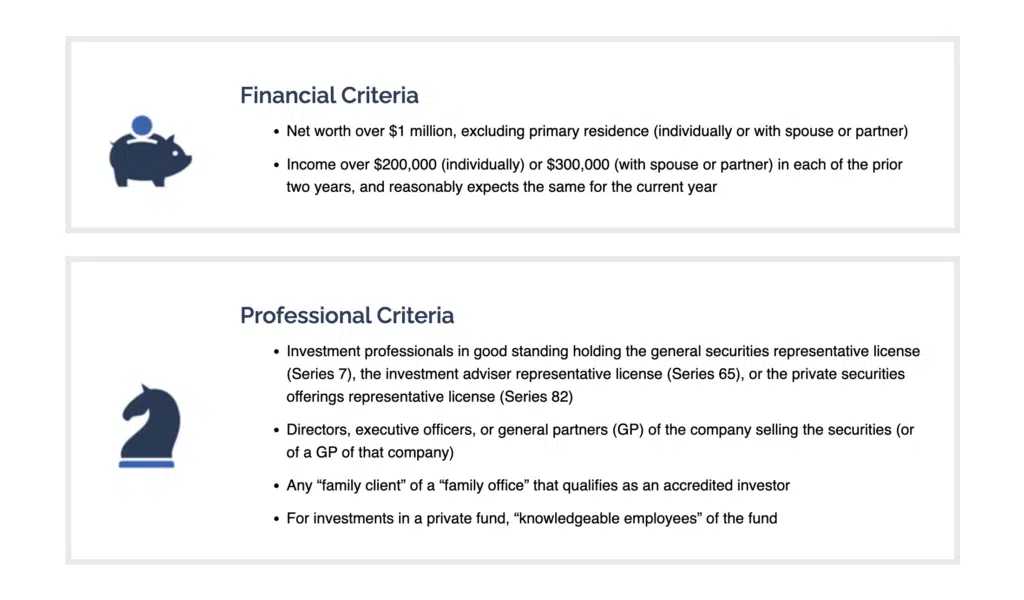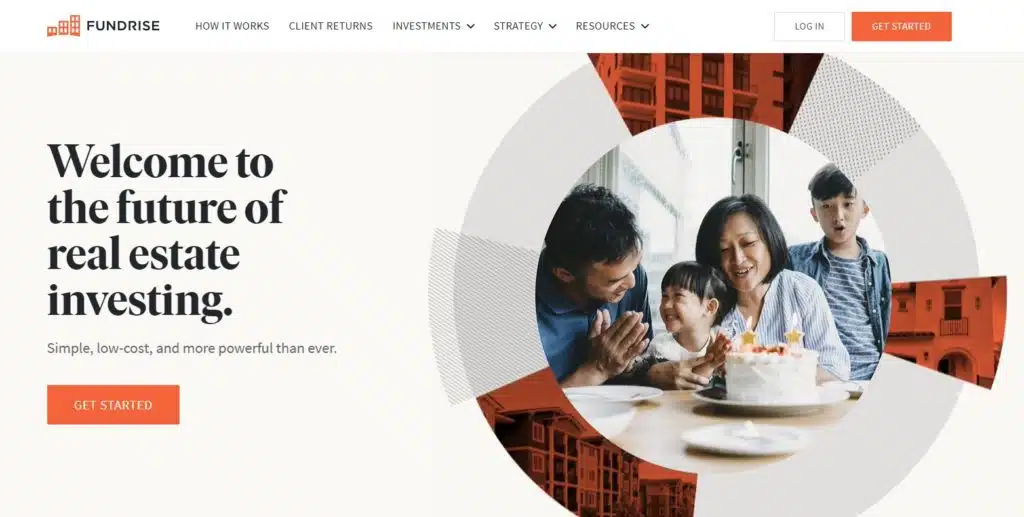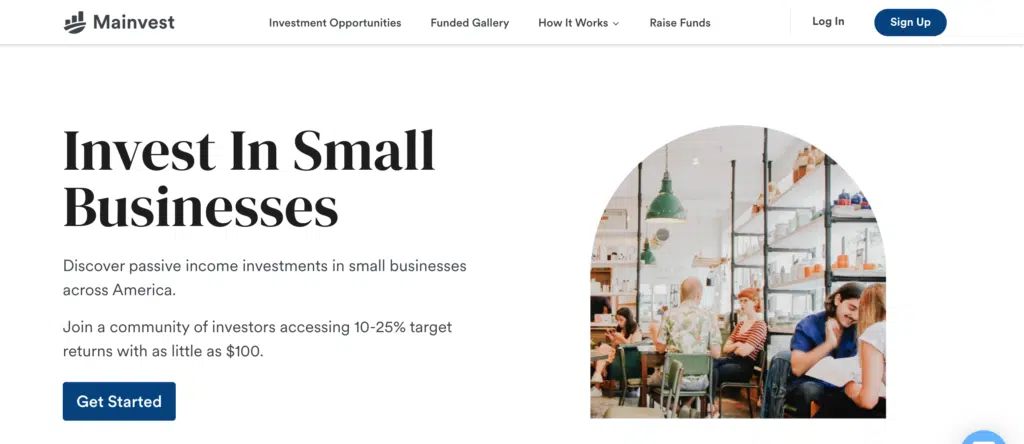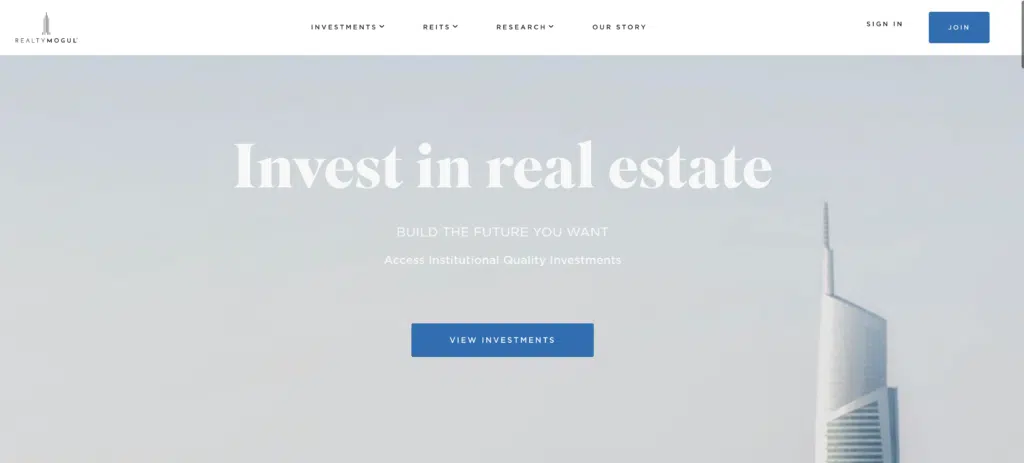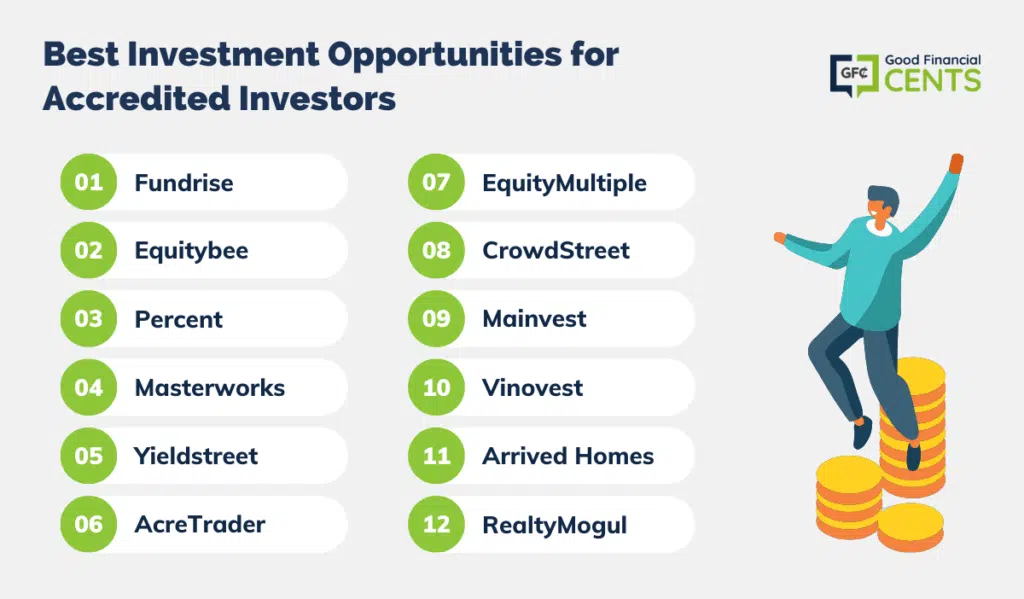Alton Fry is trying to pay for prostate cancer treatment without health insurance. He’s one of millions of Americans who lack coverage. The number of uninsured could swell as the Trump administration and Congress try to enact policies to roll back access to insurance.
Lynsey Weatherspoon for KFF Health News
hide caption
toggle caption
Lynsey Weatherspoon for KFF Health News
CLARKESVILLE, Ga. — Last September, Alton Fry went to the doctor concerned he had high blood pressure. The trip would result in a prostate cancer diagnosis.
So began the stress of trying to pay for tens of thousands of dollars in treatment — without health insurance.
“I’ve never been sick in my life, so I’ve never needed insurance before,” said Fry, a 54-year-old self-employed masonry contractor who restores old buildings in the rural Appalachian community he’s called home nearly all his life.
Making sure he had insurance was the last thing on his mind, until recently, Fry said. He had been rebuilding his life after a prison stay, maintaining his sobriety, restarting his business, and remarrying his wife. “Things got busy,” he said.
Now, with a household income of about $48,000, Fry and his wife earn too much to qualify for Georgia’s limited Medicaid expansion. And he said he found that the health plans sold on the state’s Affordable Care Act exchange were too expensive or the coverage too limited.
In late April, a friend launched a crowdfunding campaign to help Fry cover some of the costs. To save money, Fry said, he’s taking a less aggressive treatment route than his doctor recommended.
“There is no help for middle-class America,” he said.
More than 26 million Americans lacked health insurance in the first six months of 2024, according to the Centers for Disease Control and Prevention.
The uninsured are mostly low-income adults under age 65, and people of color, and most live in the South and West. The uninsured rate in the 10 states that, like Georgia, have not expanded Medicaid to nearly all low-income adults was 14.1% in 2023, compared with 7.6% in expansion states, according to KFF, a health information nonprofit that includes KFF Health News.
Health policy researchers expect the number of uninsured to swell as the second Trump administration and a GOP-controlled Congress try to enact policies that explicitly roll back health coverage for the first time since the advent of the modern U.S. health system in the early 20th century.
Under the “One Big Beautiful Bill Act” — budget legislation that would achieve some of President Donald Trump’s priorities, such as extending tax cuts mainly benefiting the wealthy — some 10.9 million Americans would lose health insurance by 2034, according to estimates by the nonpartisan Congressional Budget Office based on a House version of the budget bill.
A Senate version of the bill could result in more people losing Medicaid coverage with reductions in federal spending and rules that would make it harder for people to qualify. That bill suffered a major blow Thursday when the Senate parliamentarian, a nonpartisan official who enforces the chamber’s rules, rejected several health provisions — including the proposal to gradually reduce provider taxes, a mechanism that nearly every state uses to increase its federal Medicaid funding.
The number who could lose insurance could rise to 16 million if proposed rule changes to the ACA take effect and tax credits that help people pay for ACA plans expire at the end of the year, according to the CBO. In KFF poll results released in June, nearly two-thirds of people surveyed viewed the bill unfavorably and more than half said they were worried federal funding cuts would hurt their family’s ability to obtain and afford health care.
Like Fry, more people would be forced to pay for health expenses out-of-pocket, leading to delays in care, lost access to needed doctors and medications, and poorer physical and financial health.
“The effects could be catastrophic,” said Jennifer Tolbert, deputy director of KFF’s Program on Medicaid and the Uninsured.
A patchwork system
The House-passed bill would represent the largest reduction in federal support for Medicaid and health coverage in history, Tolbert said. If the Senate approves it, it would be the first time Congress moved to eliminate coverage for millions of people.
“This would take us back,” she said.
The United States is the only wealthy country where a substantial number of citizens lack health insurance, due to nearly a century of pushback against universal coverage from doctors, insurance companies, and elected officials.
“The complexity is everywhere throughout the system,” said Sherry Glied, dean of New York University’s Wagner School of Public Service, who worked in the George H.W. Bush, Clinton, and Obama administrations. “The big bug is that people fall between the cracks.”
This year, KFF Health News is speaking to Americans about the challenges they face in finding health insurance and the effects on their ability to get care; to providers who serve the uninsured; and to policy experts about why, even when the nation hit its lowest recorded uninsured rate in 2023, nearly a tenth of the U.S. population still lacked health coverage.
So far, the reporting has found that despite decades of policies designed to increase access to care, the very structure of the nation’s health insurance system creates the opposite effect.
Government-backed universal coverage has eluded U.S. policymakers for decades.
After lobbying from physician groups, President Franklin D. Roosevelt abandoned plans to include universal health coverage in the Social Security Act of 1935. Then, because of a wage and salary cap used to control inflation during World War II, more employers offered health insurance to lure workers. In 1954, health coverage was formally exempted from income tax requirements, which led more employers to offer the benefit as part of compensation packages.
Losing health coverage can lead to people getting less care. Kiana George lost Medicaid coverage in 2023 after she got a job at an after-school program that pays about $800 a month. The Camden, Ala., resident stopped her high blood pressure treatment and later landed in an intensive care unit.
Whit Sides/Cover Alabama
hide caption
toggle caption
Whit Sides/Cover Alabama
Insurance coverage offered by employers came to form the foundation of the U.S. health system. But eventually, problems with linking health insurance to employment emerged.
“We realized, well, wait, not everybody is working,” said Heidi Allen, an associate professor at the Columbia School of Social Work who studies the impact of social policies on access to care. “Children aren’t working. People who are elderly are not working. People with disabilities are not working.”
Yet subsequent efforts to expand coverage to all Americans were met with backlash from unions who wanted health insurance as a bargaining chip, providers who didn’t want government oversight, and those who had coverage through their employers.
That led policymakers to add programs piecemeal to make health insurance accessible to more Americans.
There’s Medicare for older adults and Medicaid for people with low incomes and disabilities, both created in 1965; the Children’s Health Insurance Program, created in 1997; the ACA’s exchange plans and Medicaid expansion for people who can’t access job-based coverage, created in 2010.
As a result, the U.S. has a patchwork of health insurance programs with numerous interest groups vying for dollars, rather than a cohesive system, health policy researchers say.
Falling through the cracks
The lack of a cohesive system means even though Americans are eligible for health insurance, they struggle to access it, said Mark Shepard, an associate professor of public policy at the Harvard Kennedy School of Government. No central entity exists in the U.S. to ensure that all people have a plan, he said.
Over half of the uninsured might qualify for Medicaid or subsidies that can help cover the costs of an ACA plan, according to KFF. But many people aren’t aware of their options or can’t navigate overlapping programs — and even subsidized coverage can be unaffordable.
Those who have fallen through the cracks said it feels like the system has failed them.
Yorjeny Almonte of Allentown, Pennsylvania, earns about $2,600 a month as an inspector in a cabinet warehouse. When she started her job in December 2023, she didn’t want to spend nearly 10% of her income on health insurance.
But, last year, her uninsured mom chose to fly to the Dominican Republic to get care for a health concern. So Almonte, 23, who also needed to see a doctor, investigated her employer’s health offerings. By then she had missed the deadline to sign up.
“Now I have to wait another year,” she said.
In January, Camden, Alabama, resident Kiana George, who’s uninsured, landed in an intensive care unit months after she stopped seeing a nurse practitioner and taking blood pressure medications — an ordeal that saddled her with nearly $7,000 in medical bills.
George, 30, was kicked off Medicaid in 2023 after she got hired by an after-school program. It pays $800 a month, an income too high to qualify her for Medicaid in Alabama, which hasn’t expanded to cover most low-income adults. She also doesn’t make enough for a free or reduced-cost ACA plan.
George, who has a 9-year-old daughter, said she “has no idea” how she can repay the debt from the emergency room visit. And because she fears more bills, she has given up on treatment for ovarian cysts.
“It hurts, but I’m just gonna take my chances,” she said.
Debating the high cost of care
Researchers have known for decades that a lack of insurance coverage leads to poor access to health care, said Tom Buchmueller, a health economist at the University of Michigan Ross School of Business.
“It’s only more recently we’ve had really good, strong evidence that shows that health insurance really does improve health outcomes,” Buchmueller said.
Research released this spring by the National Bureau of Economic Research found that expanding Medicaid reduced low-income adults’ chances of dying by 2.5%. In 2019, a separate study published by that nonpartisan think tank provided experimental evidence that health insurance coverage reduced mortality among middle-aged adults.
In late May, the House narrowly advanced the budget legislation that independent government analysts said would result in millions of Americans losing health insurance coverage and reduce federal spending on programs like Medicaid by billions of dollars.
A key provision would require some Medicaid enrollees to work, volunteer, or complete other qualifying activities for 80 hours a month, starting at the end of 2026. Most Medicaid enrollees already work or have some reason they can’t, such as a disability, according to KFF.
House Speaker Mike Johnson has defended the requirement as “moral.”
“If you are able to work and you refuse to do so, you are defrauding the system. You’re cheating the system,” he told CBS News in the wake of the bill’s passage.
A Senate version of the bill also includes work requirements and more frequent eligibility checks for Medicaid recipients.
Fiscal conservatives argue a solution is needed to curb health care’s rising costs.
The U.S. spends about twice as much per capita on health care than other wealthy nations, and that spending would grow under the GOP’s budget bill, said Michael Cannon, director of health policy studies at the Cato Institute, a think tank that supports less government spending on health care.
But the bill doesn’t address the root causes of administrative complexity or unaffordable care, Cannon said. To do that would entail, for instance, doing away with the tax break for employer-sponsored care, which he said fuels excessive spending, high prices, and ties health insurance to employment. He said the bill should cut federal funding for Medicaid, not just limit its growth, to reduce excessive health care prices and spending.
The bill would throw more people into a high-cost health care landscape with little protection, said Aaron Carroll, president and CEO of AcademyHealth, a nonpartisan health policy research nonprofit.
“There’s a ton of evidence that shows that if you make people pay more for health care, they get less health care,” he said. “There’s lots of evidence that shows that disproportionately affects poor, sicker people.”
Labon McKenzie, 45, lives in Georgia, the only state that requires some Medicaid enrollees to work or complete other qualifying activities to obtain coverage.
He hasn’t been able to work since he broke multiple bones after he fell through a skylight while on the job three years ago. He got fired from a county road and bridge crew after the accident and hasn’t been approved for Social Security or disability benefits.
“I can’t stand up too long,” he said. “I can’t sit down too long.”
In February, McKenzie started seeing double, but canceled an appointment with an ophthalmologist because he couldn’t come up with the $300 the doctor wanted in advance. His cousin gave him an eye patch to tide him over, and, in desperation, he took expired eye drops his daughter gave him. “I had to try something,” he said.
McKenzie, who lives in rural Fort Gaines, wants to work again. But without benefits, he can’t get the care he needs to become well enough.
“I just want my body fixed,” he said.
KFF Health News is a national newsroom that produces in-depth journalism about health issues and is one of the core operating programs at KFF.



